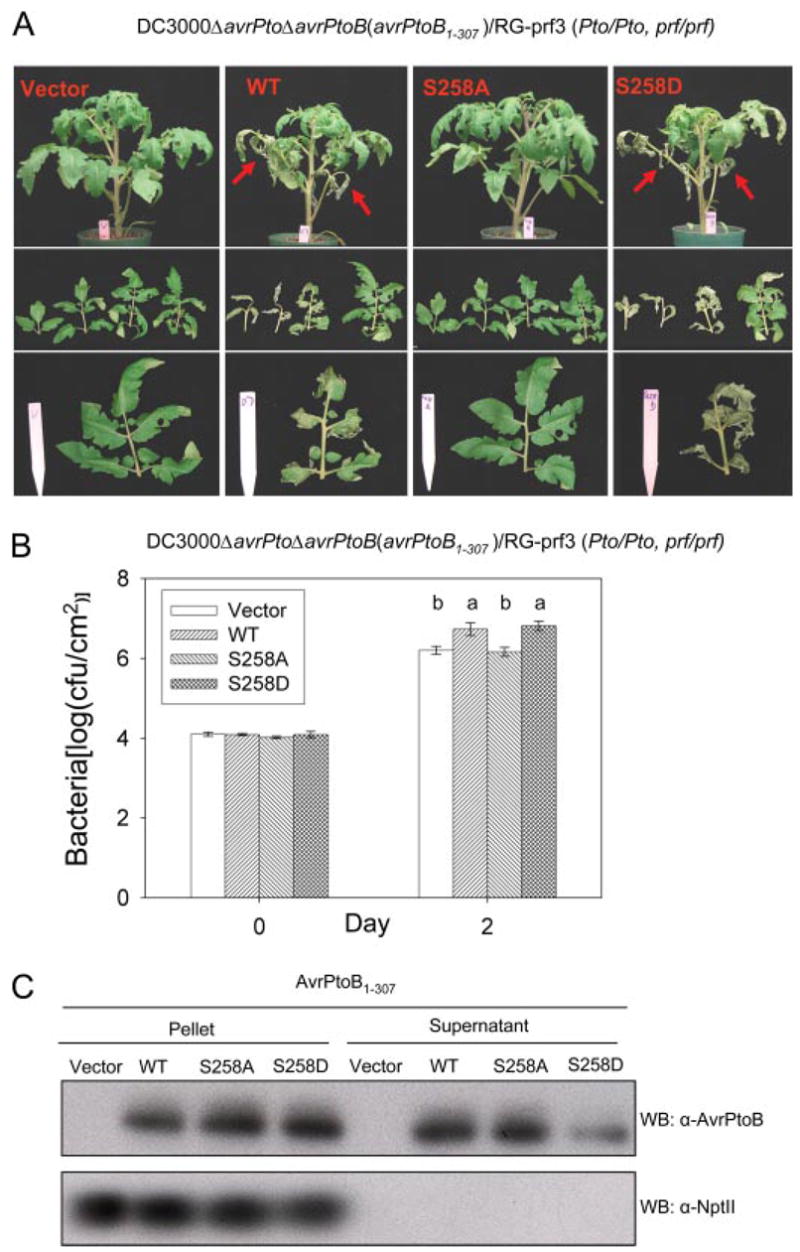FIGURE 5. Contribution of phosphorylation of Ser258 to the virulence activity of AvrPtoB1–307.

Pst DC3000ΔavrPtoΔavrPtoB strains carrying either empty vector, or plasmids expressing wild type (WT) AvrPtoB1–307, AvrPtoB1–307(S258A), or AvrPtoB1–307(S258D) mutants were vacuum-infiltrated into susceptible RG-prf3 tomato plants using an inoculum level of 104 cfu/ml. A, disease symptoms of plants 4 days after infiltration. Severe necrosis observed on lower leaves is indicated by red arrows in the top panel. The middle panel shows four diseased bottom branch leaves, and the bottom panel shows comparison of the third branch leaves among plants infiltrated with the different bacterial strains. B, Pst populations in RG-prf3 leaves shown in A at 2 days after inoculation. The data from three independent experiments were used for statistical analysis using the general linear model procedure of a statistical analysis system. The means shown with the same letters were not significantly different based on least significant difference test (p = 0.05). The bars indicate standard errors. C, expression and secretion of and derivatives from AvrPtoB1–307 DC3000ΔavrPtoΔavrPtoB grown in minimal medium under hrp induction conditions (37). Western blotting was performed using anti-AvrPtoB or anti-NptII antibody. Cytoplasmically localized NptII was used as a control for cell lysis. No NptII protein was detected in the culture medium with an anti-NptII antibody.
